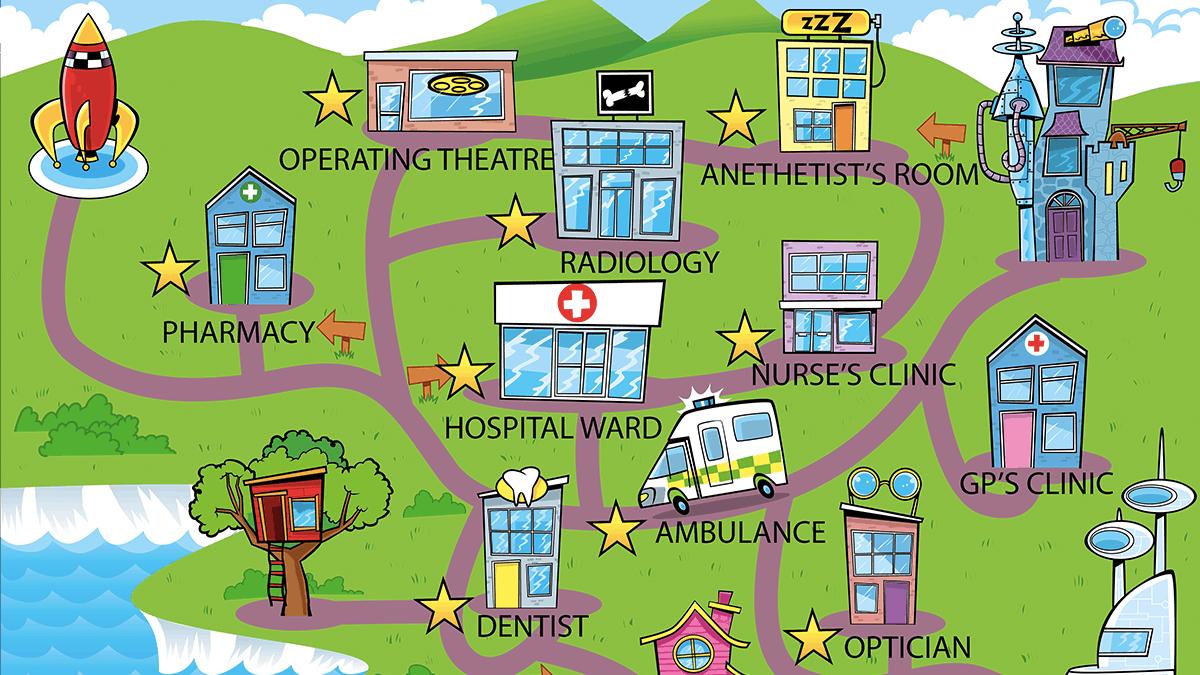Your foot is a highly complex structure, composed of 26 bones working together to enable you to walk and run.
When you were born, your foot was made up of relatively soft and flexible cartilage that gradually converts to bone over time. During this period of development, you need to take great care with your feet as they can be at risk from injury and deformity due to ill-fitting footwear and abnormal activity.
By the age of two, your foot shape will become clear. There are three main foot shapes. Which are you?
- Tapered: Big toe is definitely big here
- Rounded (or Grecian): The 2nd or 3rd toe is actually longer than the big toe!
- Square: Well not quite square but all toes of roughly equal length.
Your feet will continue to grow and develop well into your teens, but by the age of 5, your feet will look more like grown-up versions. But they’re still vulnerable.
Still growing strong
By the age of 5, the foot has its full count of 26 bones. However, even at the age of 8 the bones in the foot are still not fully formed, as the “secondary centres of ossification” are still not complete. However feet will start to grow less quickly but still by a whole size per year. The arch is also properly developed, which means your footprint will now start to look much more like your parents.
Walk like an adult
Only now does the foot develop the adult walking motion. The foot touches the ground first on the outside of the heel. The weight is then transferred down the foot’s outer border and the front part of the foot touches down. Finally, weight moves to the inside of the foot and the toes push off towards the next step.
Ingrowing Toenails
An ingrowing toenail is one that pierces the flesh of the toe. It can feel as if you have a splinter, and can be extremely painful. In more severe cases, it can cause pus and bleeding. Ingrowing toenails most commonly affect the big toenail, but can affect the other toes too.
A nail that is curling into the flesh, but isn’t actually piercing the skin isn’t an ingrowing toenail, but can feel very painful and also appear red and inflamed as well.
Active, sporty people are particularly prone, because they sweat more. Younger people are more likely to get it (as they pick their nails more, compared to older people who may not reach their toes!)
There are many genetic factors that can make you prone to ingrowing toenails, such as your posture (the way you stand), your gait (the way you walk), a foot deformity such as a bunion, hammer toes or excessive pronation of the feet (when your foot rolls in excessively). Your nails may also naturally splay or curl out instead of growing straight, encouraging your nail to grow outwards or inwards into the flesh.
What can a podiatrist do?
- It depends on the severity of your condition. For the most basic painful and irritable ingrowing toenail, your podiatrist will remove the offending spike of nail and cover with an antiseptic dressing.
- If your toe is too painful to touch, your podiatrist may inject a local anaesthetic before removing the offending portion of nail.
- If you have involuted nails, your podiatrist may remove the bit that’s curling into the flesh and file the edges of the nail to a smooth surface.
- If you have an infection, you’ll need antibiotics to beat the infection as well as having the offending spike removed.
.
> Visit Professor Hallux’s Map of Medicine homepage
Professor Hallux’s Map of Medicine
Find out how to navigate Professor Hallux's Map of Medicine
More From Professor Hallux’s Map of Medicine



